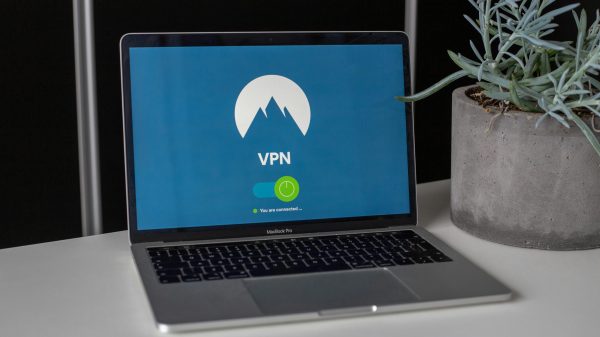File transfers are a common part of our digital lives, whether it’s sending sensitive documents for work or sharing personal files with friends and family. However, ensuring the security of these file transfers is crucial to protect sensitive information from unauthorized access or interception. In this article, we will explore some of the most secure file transfer methods available today and discuss their features and benefits in safeguarding your data.

1. Secure File Transfer Protocol (SFTP)
Secure File Transfer Protocol (SFTP) is a secure version of the File Transfer Protocol (FTP) that uses encryption to protect data during file transfers. SFTP utilizes Secure Shell (SSH) for authentication and encryption, ensuring that files are transferred securely over the network. It provides strong protection against eavesdropping, data tampering, and unauthorized access. SFTP is commonly used in business environments and is supported by various file transfer software and server systems.
2. Secure Sockets Layer/Transport Layer Security (SSL/TLS)
Secure Sockets Layer (SSL) and its successor, Transport Layer Security (TLS), are cryptographic protocols used to secure communications over a network. While SSL is an older protocol, TLS is the more commonly used and updated version. SSL/TLS ensures secure file transfers by encrypting the connection between the client and the server, preventing unauthorized parties from intercepting or tampering with the data. It is widely used in web browsers, email clients, and other applications that require secure communication.
3. Encrypted Cloud Storage
Encrypted cloud storage services provide a secure way to store and transfer files. These services encrypt files both during transmission and at rest, ensuring that your data remains protected. Examples of popular encrypted cloud storage services include Dropbox, Google Drive, and Microsoft OneDrive. These platforms use strong encryption algorithms to safeguard your files, and access to the data requires authentication through passwords, two-factor authentication, or other security measures.

4. Virtual Private Networks (VPNs)
Virtual Private Networks (VPNs) create a secure connection between two networks or a user and a network over the internet. VPNs encrypt the data transmitted between the user’s device and the destination network, ensuring privacy and security. By using a VPN, file transfers are protected from potential eavesdropping or interception by unauthorized parties. VPNs are commonly used to secure remote access to corporate networks or when accessing the internet from public Wi-Fi networks.
5. PGP/GPG Encryption
Pretty Good Privacy (PGP) and its open-source alternative, GNU Privacy Guard (GPG), provide a robust encryption method for file transfers. PGP/GPG uses asymmetric encryption, where files are encrypted using a public key and can only be decrypted with a corresponding private key. This method ensures that only the intended recipient can access the files. PGP/GPG is often used for secure email communication, but it can also be employed for file transfers by encrypting the files before sending them through any file transfer method.
6. Managed File Transfer (MFT) Solutions
Managed File Transfer (MFT) solutions offer a comprehensive approach to secure file transfers within organizations. MFT solutions provide features such as encryption, secure protocols (such as SFTP or HTTPS), auditing, access controls, and automation capabilities. These solutions offer a centralized and secure environment for managing and monitoring file transfers, ensuring compliance with security policies and regulations. MFT solutions are often used in industries where data security and compliance are critical, such as healthcare or finance.
Securing file transfers is essential in today’s digital landscape, where sensitive information is frequently exchanged. By employing the most secure file transfer methods available, you can ensure the confidentiality, integrity, and privacy of your data. Whether it’s using SFTP for secure file transfers, leveraging SSL/TLS for encrypted communication, utilizing encrypted cloud storage, employing VPNs for secure connections, implementing PGP/GPG encryption, or adopting managed file transfer solutions, there are various options to choose from based on your specific needs and requirements. Remember to assess the sensitivity of the data, the level of encryption and authentication provided by the chosen method, and any industry-specific compliance requirements. By implementing robust file transfer security measures, you can share files with confidence, knowing that your data is protected from unauthorized access or interception.

































